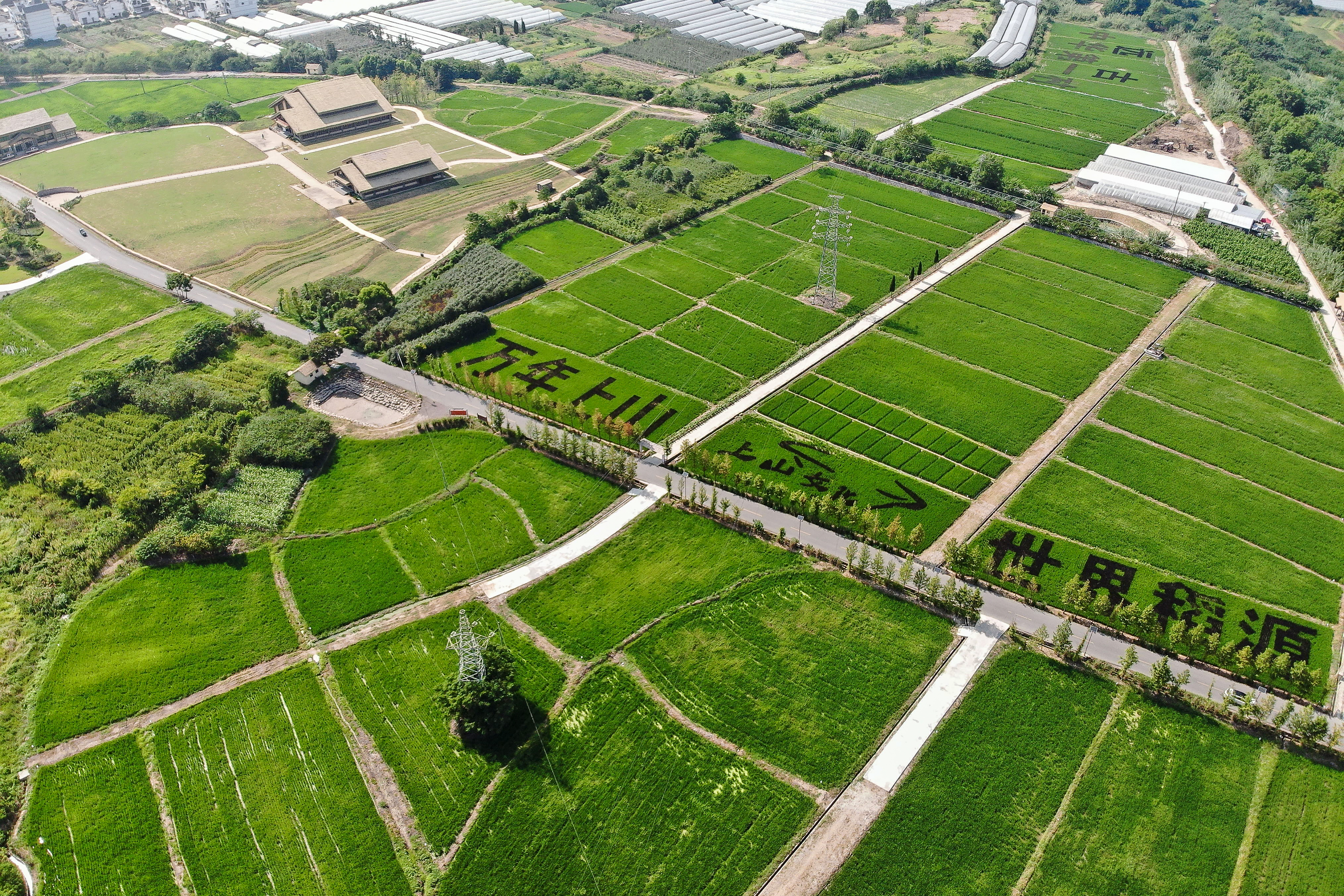Decoding Evolution History of Rice
By LI Linxu
Where did rice originate from? The question has intrigued scientists, botanists, archaeologists and geologists for a long time, inspiring them to come up with various methods and technologies to solve this mystery.
A team of Chinese scientists made their latest endeavor to decode the evolutionary history of rice, with their findings recently published in the journal Science.
Utilizing phytolith analysis as well as other methods, the team unveiled the continuous evolutionary journey of rice from wild to domesticated over an astounding span of 100,000 years.
Finding the fingerprint
As a long-preserved identifier, rice's phytolith is like a person's fingerprints, through which its identity can be traced, Zhang Jianping, the first author of the paper, and research fellow of the Institute of Geology and Geophysics, Chinese Academy of Sciences (IGGCAS), told Science and Technology Daily.
The traditional view holds that during the Last Glacial Maximum (26,500–19,000 years ago), the most recent extremely cold and dry time period of our planet, there was no wild rice in the middle to lower reaches of the Yangtze River. Without wild rice, its domestication would have been simply not possible.
Due to lack of corresponding evidence in East Asia, up until the early 21st century, the international academia recognized only Central and South America, and Southwest Asia as the origins of agriculture about 10,000 years ago.

Shangshan Archaeological Park. (PHOTO by Zhang Guoping)
To find evidence of the existence of wild rice and uncover the processes of human exploitation and domestication of wild rice, the research team at first conducted a systematic study on phytoliths sampled from modern wild rice, domesticated rice plants, and soils.
Led by Lyu Houyuan, research fellow from IGGCAS, the research team found that the increase in the number of fish-scale facets on bulliform phytoliths correlates with the trait of domestication. Based on these findings, they established a criterion for distinguishing wild rice from its domesticated counterparts.
Seeing the age
In addition to phytolith analysis, the study also employed advanced technologies including optically stimulated luminescence (OSL) and 14C dating to decipher the evolution history of rice in East Asia.
It revealed a continuous trajectory of rice from wild to domesticated within the stratigraphy of the Shangshan cultural site area, and its relationship with human activity and climate change.
Wild rice naturally existed in the lower reaches of Yangtze River for at least 100,000 years ago, setting the stage for the subsequent utilization and domestication of rice, according to Zhang.
About 24,000 years ago, coinciding with the onset of the Last Glacial Maximum, our ancestors began gathering and processing wild rice, indicating their effort to seek new sources of food in response to the cooling climate.
Approximately 13,000 years ago, humans embarked on the practice of predomestication cultivation of wild rice.
Around 11,000 years ago, the proportion of domesticated rice phytoliths increased sharply and eventually surpassed the domestication threshold.
The conclusions are well supported and highly novel, said the peer reviewer of the study, speaking highly of the study's significance to our understanding of the evolution history of rice, as well as the origins of agriculture.
This work shows that plant use and domestication occurred concurrently in Southeast Asia and the Fertile Crescent, commented Bianca Lopez, editor of Science.
There are still many mysteries concerning the evolution of rice, said Lyu, adding that the research team will carry out interdisciplinary researches to unravel such riddles.


